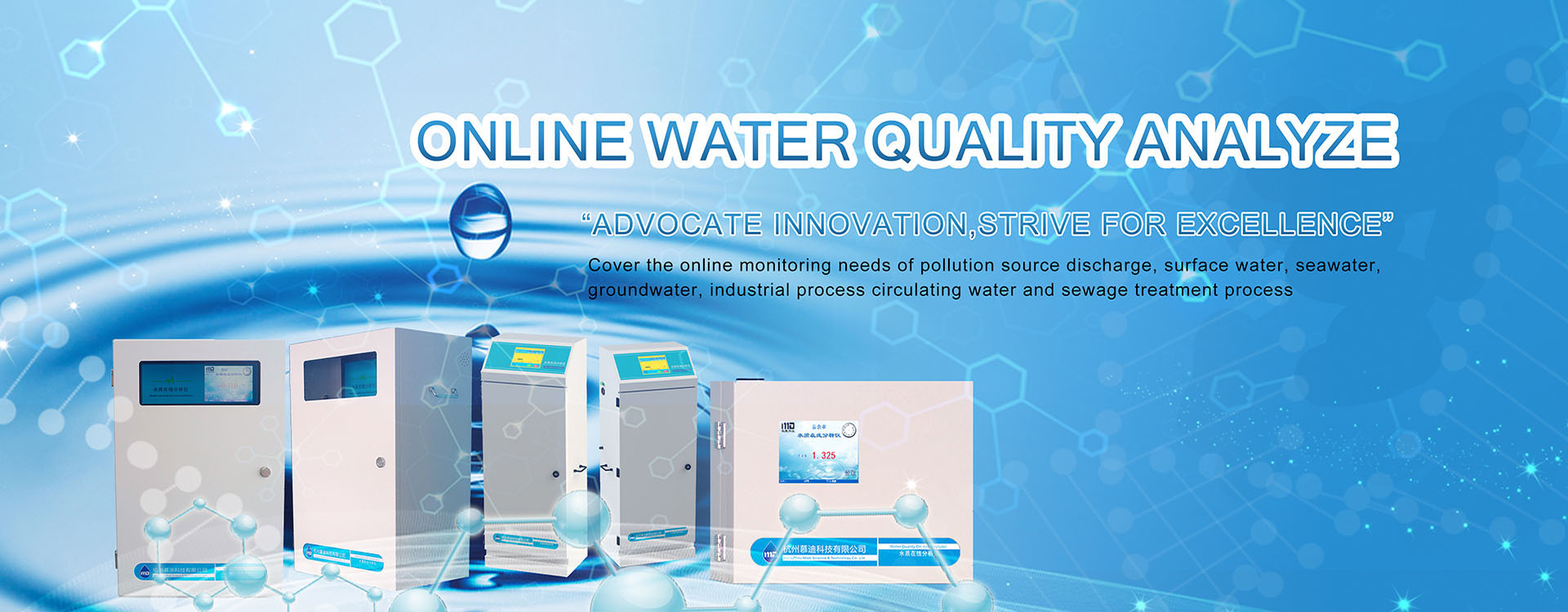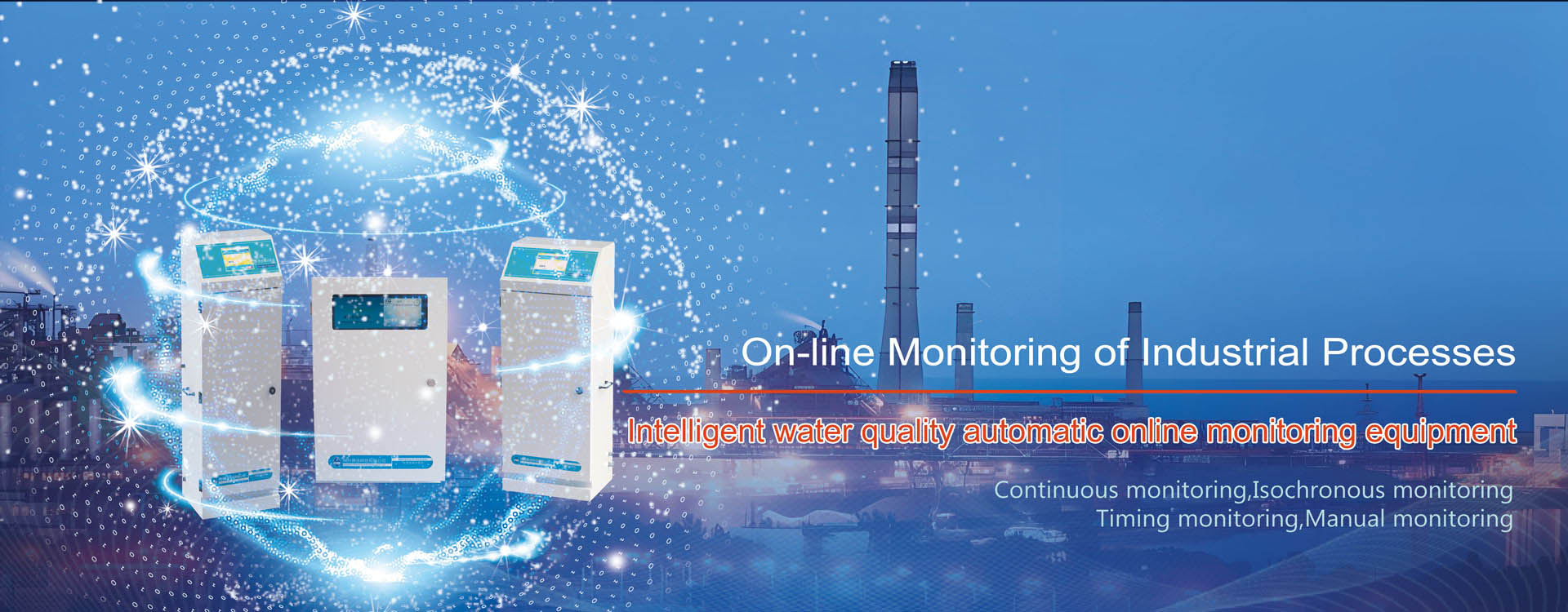In many parts of our country, such as the coastal areas of Northeast and North China, there are vast areas of saline-alkali land. After these lands were transformed, ponds were dug for fish farming. Saline-alkali land actually refers to soil where salts accumulate. Its main feature is that water accumulates on the surface during the rainy season, causing waterlogging, and in the early season, the surface becomes saline-alkali and dries up early, making it unsuitable for crop cultivation. In this chapter, let’s take a look at the salinity issue of pond water quality in saline-alkali land together.
The Salinity of Ponds in Saline-alkali Land!
Different fish species all have certain salt tolerance limits. For instance, the salinity of silver carp during the bell period is 5 to 6, while that during the adult period is 8 to 10. The salinity of grass carp bells is 6 to 8, and that of adult fish is 10 to 12.
If the salt content is too high, it is very unfavorable for the growth of many freshwater fish, and it will seriously affect the growth of fish and feed. Therefore, it is more appropriate for the salinity in saline-alkali land ponds to be below 3.
What should be done if the salinity in the pond is too high? It can be examined from the following four points:
Frequently introduce fresh water and discharge salt water: Strictly separate the intake and drainage of the pond, introduce fresh water and discharge salt water.
Application of organic fertilizer: Apply organic fertilizer to lay a layer of pond mud at the bottom of the saline-alkali land pond, basically isolating the pond water from the saline-alkali soil.
To address the issue of simultaneously improving the saline-alkali water quality and the soil quality, while improving the saline-alkali water quality, some green plants that discharge alkali should be planted along the ridges of the ponds.
High water level salt pressure: The water level in the pool should be maintained higher than that of the river outside to prevent groundwater from seeping into the pool.
It should also be noted that chloride-type saline-alkali land ponds are significantly different from ordinary freshwater ponds. Their salt content, total alkalinity and pH value are all higher, and there are also considerable differences in the composition and quantity of plankton.
But if you want to know whether the major indicators in the pond water are qualified, you need to use a water quality detector. Different indicators require different instruments. Users can choose the instrument that suits them according to their own situation.




